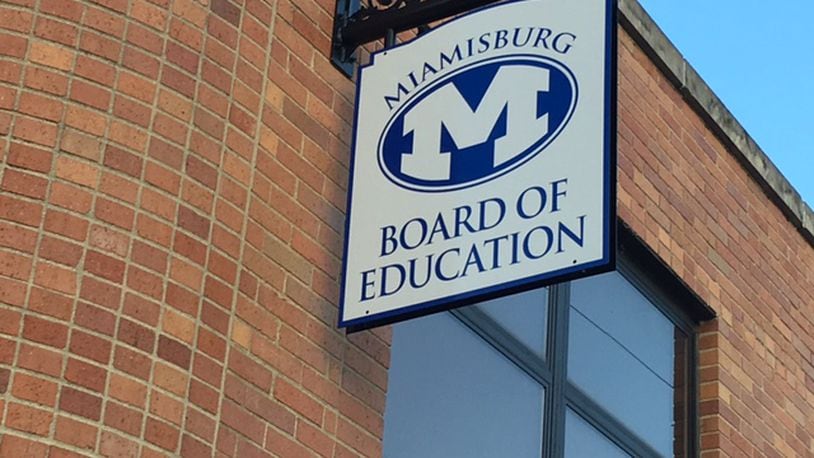If approved, the levy would continue to cost the owner of a home valued at $100,000 about $265 a year, according to the Montgomery County Auditor’s Office.
FOLLOW ON NICK BLIZZARD FACEBOOK
Records show about 53 percent of its $53.5 million general fund budget comes real estate taxes in the district, which includes parts of German Twp. and most of Miami Twp. Funds from the levy pay for operating expenses, such as salaries, benefits, utilities, supplies and classroom materials and other district costs.
Salaries accounted for about 61 percent of Miamisburg schools’ expenses in the 2016-17 school year while benefits consumed 22 percent, records show.
The estimated 83 percent total is about 7 percent higher than five years earlier, according to district documents. District projections show those expenses will combine for more than 80 percent through at least 2018-19.
DOWNLOAD OUR MOBILE APPS FOR LATEST BREAKING NEWS
“In order to have a seamless transition and continuous revenue stream for our operating expenses, we would hope that the community would continue to support the schools by renewing this levy for another five years,” Vail said.
He said district officials have not had any discussions about the impact of a levy failure.
The levy last approved in 2012 by about 57 percent of voters has generated $6.77 million annually for operations, according to the school district. It is one of two levies that fund operating expenses.
The other is an 8.18-mill, five-year substitute renewal levy last approved in 2014 by about 54 percent of voters, according to the county board of elections. It has generated about $7,225,000 annually.
MORE: Other articles by Nick Blizzard
District officials are not sure how the most recent change in the state’s education funding formula will affect the district, saying it will not be fully implemented until the end of this month.
“However, these changes include a reduction in the previous imposed funding caps from 7.5 percent to 3 percent, which means that although our enrollment has increased we will not see the funding to sustain the increased enrollment,” according to the district’s website.
About the Author
